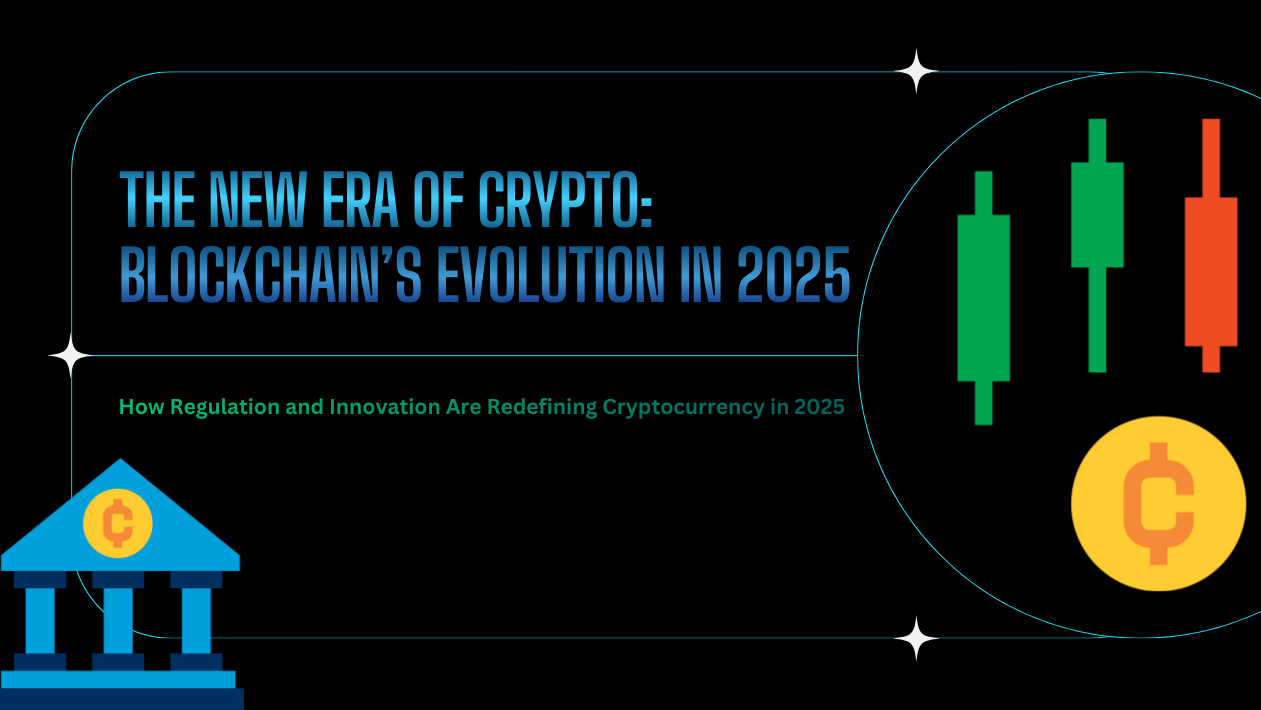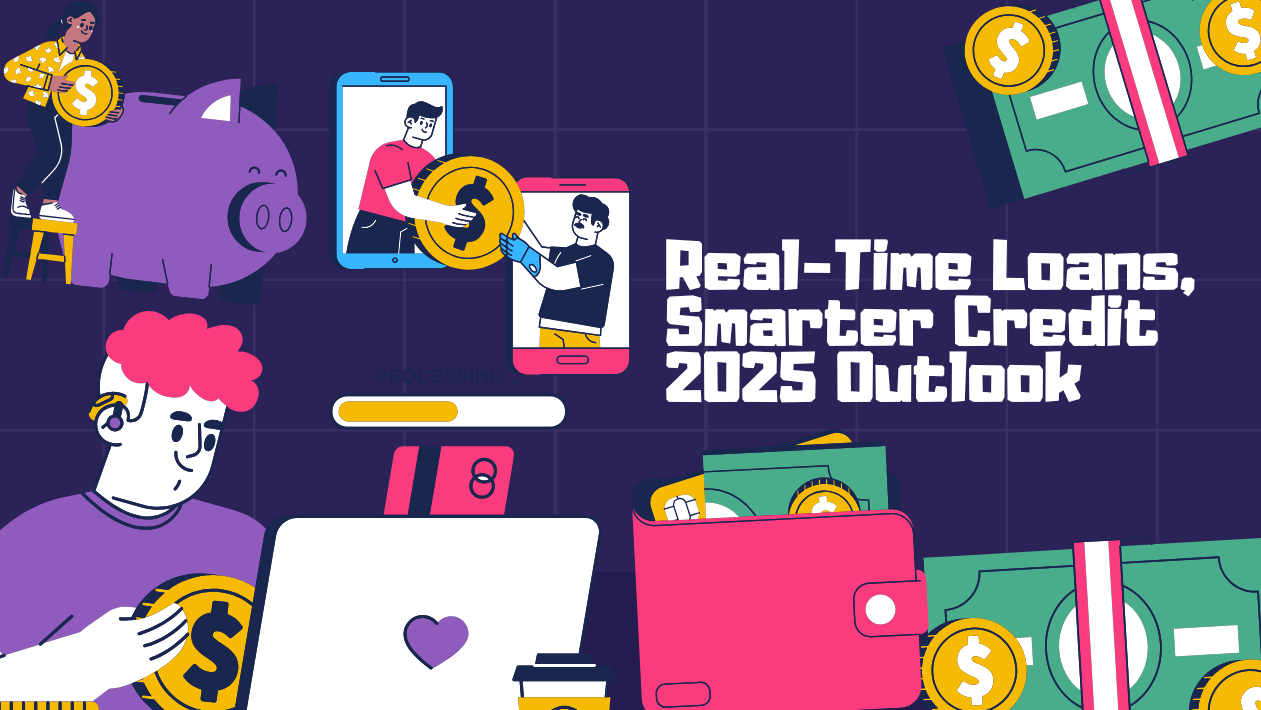The digital payments landscape is undergoing a rapid transformation in 2025, powered by innovations in real-time payments, central bank digital currencies (CBDCs), and embedded finance. With cash usage continuing to decline globally, consumers and businesses alike are embracing faster, safer, and more integrated ways to transact.
According to McKinsey’s 2025 Global Payments Report, digital payments now account for over 80% of all consumer transactions in developed markets—and the shift is accelerating in emerging economies as well.
Real-Time Payments Go Global
The rise of real-time payment systems like FedNow (U.S.), UPI (India), and PIX (Brazil) is setting new expectations for speed and convenience. Cross-border payment solutions are catching up, with fintech companies like Ripple, Wise, and Thunes introducing near-instant settlement across countries and currencies.
This has drastically improved B2B and peer-to-peer (P2P) payment experiences, reducing delays and fees while improving cash flow visibility.
CBDCs Enter Public Pilots
Central banks in over 50 countries are piloting or rolling out CBDCs (Central Bank Digital Currencies) to offer a government-backed alternative to stablecoins and traditional fiat. China’s Digital Yuan and the European Digital Euro are already in limited public circulation, with others expected to follow.
CBDCs promise greater financial inclusion, programmable money features, and reduced transaction costs—but raise concerns around privacy and state surveillance.
Biometric Payments and Tokenization Enhance Security
As fraud risks increase, digital wallets are upgrading to include biometric authentication (face, fingerprint, voice) and tokenized transactions to protect cardholder data. Services like Apple Pay, Google Wallet, and Samsung Pay are using encrypted tokens instead of card numbers—ensuring higher security with each tap or scan.
Embedded Payments in Everyday Apps
Consumers now pay seamlessly within apps for ride-hailing, food delivery, shopping, and services. Platforms like Shopify, Uber, and Instagram are embedding payment gateways directly into user flows, eliminating the need for third-party redirects or manual inputs.
This “invisible payment” model is reducing friction and improving customer satisfaction across industries.
Crypto Payments Gain Niche Ground
While volatility remains a barrier, stablecoins like USDC and USDT are gaining traction for cross-border payments, freelancer payouts, and e-commerce transactions. Retailers and platforms that cater to digital-native users are adding crypto as a checkout option alongside traditional methods.
QR Codes and NFC Dominate Offline Payments
In regions like Southeast Asia and Africa, QR code-based payments have exploded, driven by mobile-first banking and low infrastructure costs. Near Field Communication (NFC) payments are also rising, allowing tap-to-pay through cards, phones, and wearables.
Looking Ahead: Unified Payment Interfaces and AI-Powered Fraud Detection
The next wave of innovation lies in interoperability—connecting wallets, banks, and payment gateways across borders and platforms. Meanwhile, AI is playing a critical role in real-time fraud detection, flagging anomalies and learning user behaviors to secure transactions at scale.





